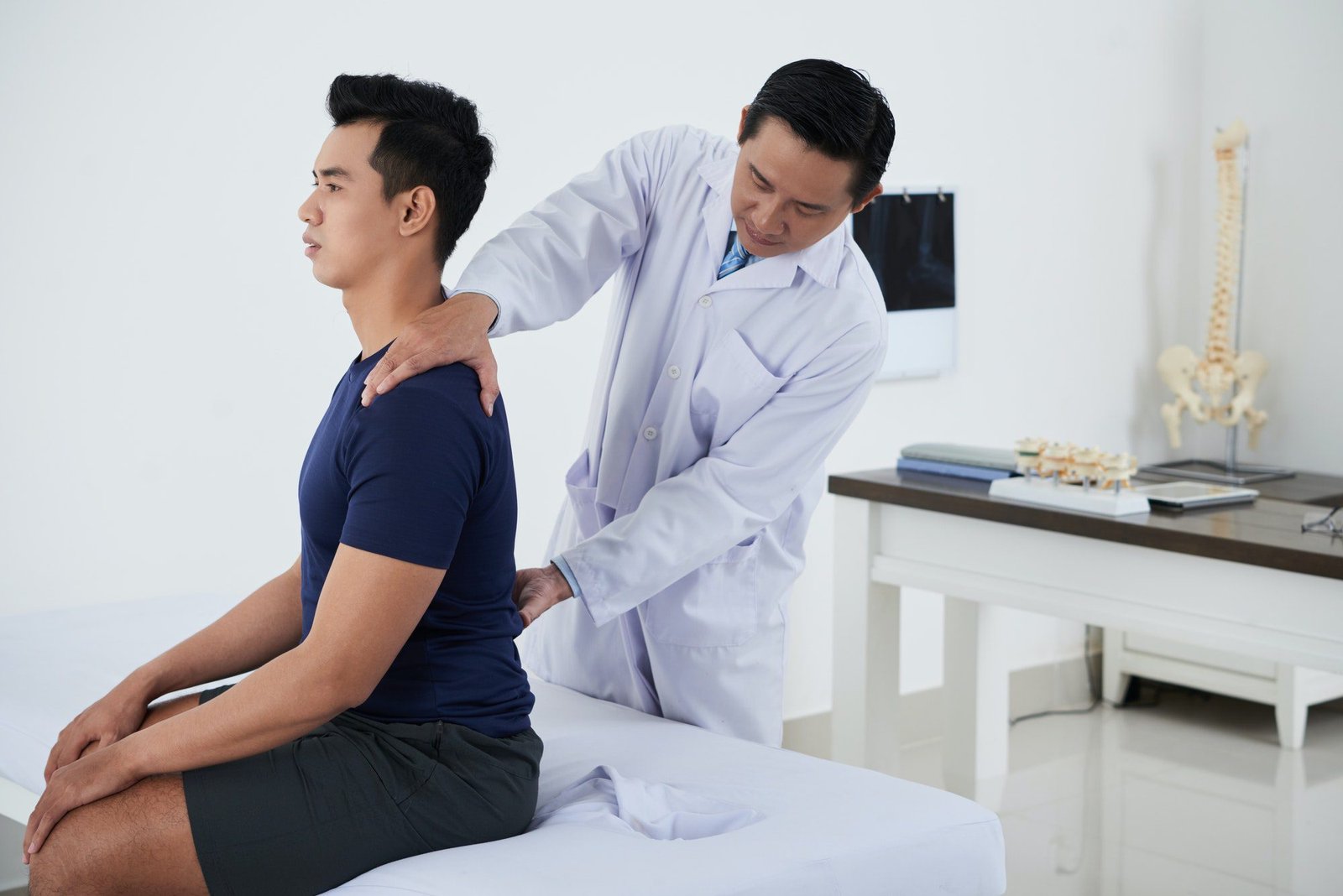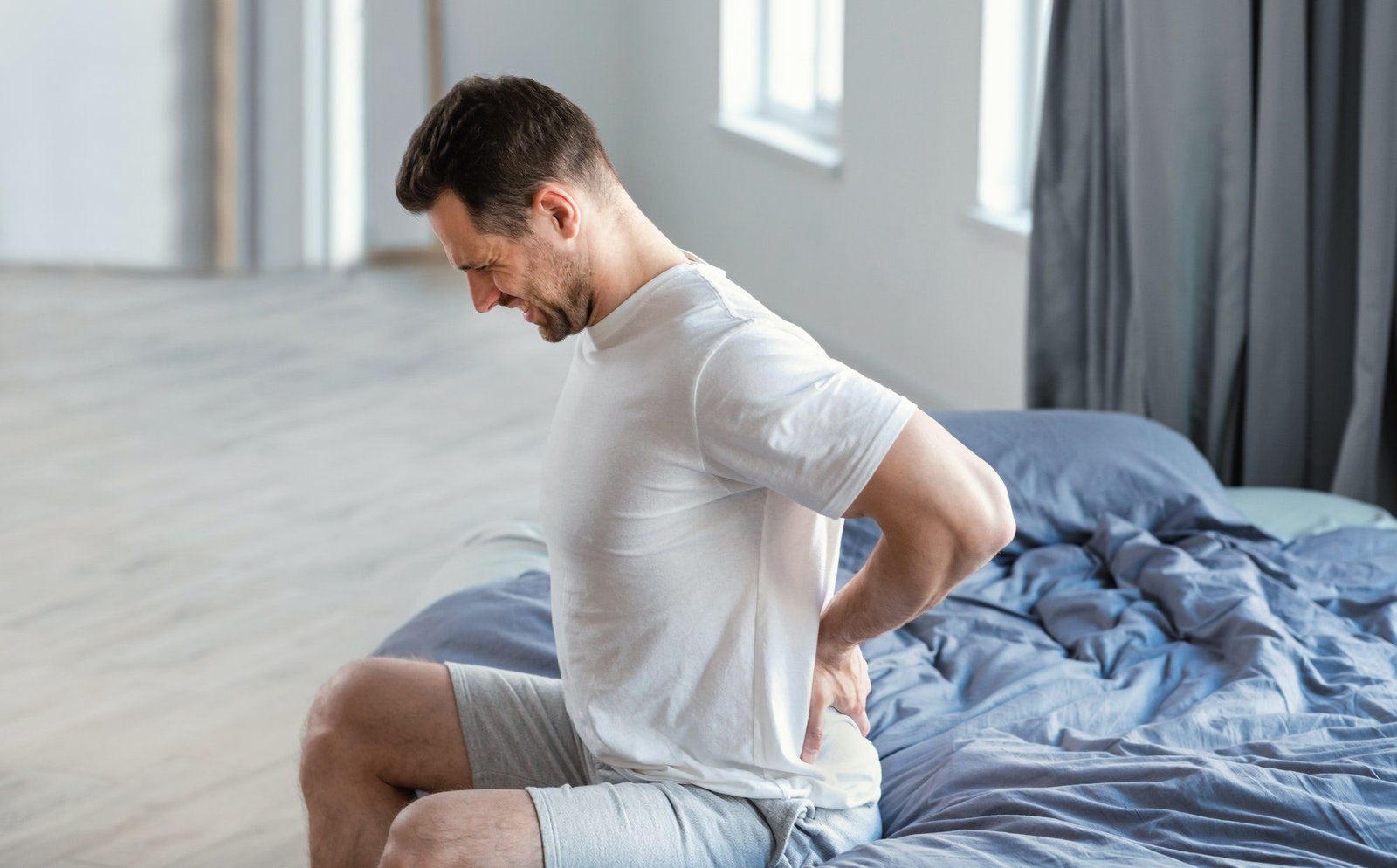

Treatments based on the Osteopathy Approach
Our dedicated team of Osteopaths, Massage Therapists and Myotherapists work together to ensure your rapid return to good health without long, drawn out treatment plans.
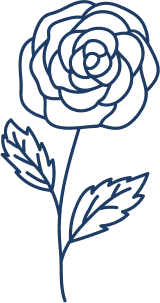
Back Pain
80% of the population will suffer from neck and back pain at some time.
We use our bodies in all sorts of ways; often the stresses and strains that we experience in our daily lives can build up and may lead to an injury or aches and pains.
Common causes of neck and back pain include prolonged sitting or standing, heavy lifting, stiffness, weakened muscles, injury, changes during pregnancy and muscular tension related to stress.
Osteopaths, as primary health care practitioners, are trained in recognising imbalances within your body by using skilled evaluation, diagnosis and a wide range of hands-on techniques. Osteopathic treatment uses techniques such as stretching and soft tissue massage for general treatment of the muscles, tendons and ligaments along with mobilisation and balancing techniques of specific joints and soft tissues.
Our team of osteopaths can also offer exercise and postural advice on how to best manage your neck and/or back pain, allowing you to live an active and healthy lifestyle.
Whether you’re looking for a relaxation massage to ease away the pressures or a therapeutic massage to resolve muscular aches and pains you can be assured that our massage therapists are more than up to the task. They are trained in a variety of techniques including deep tissue massage, sports massage, dry needling and lymphatic drainage to ensure you get the very best out of your session.

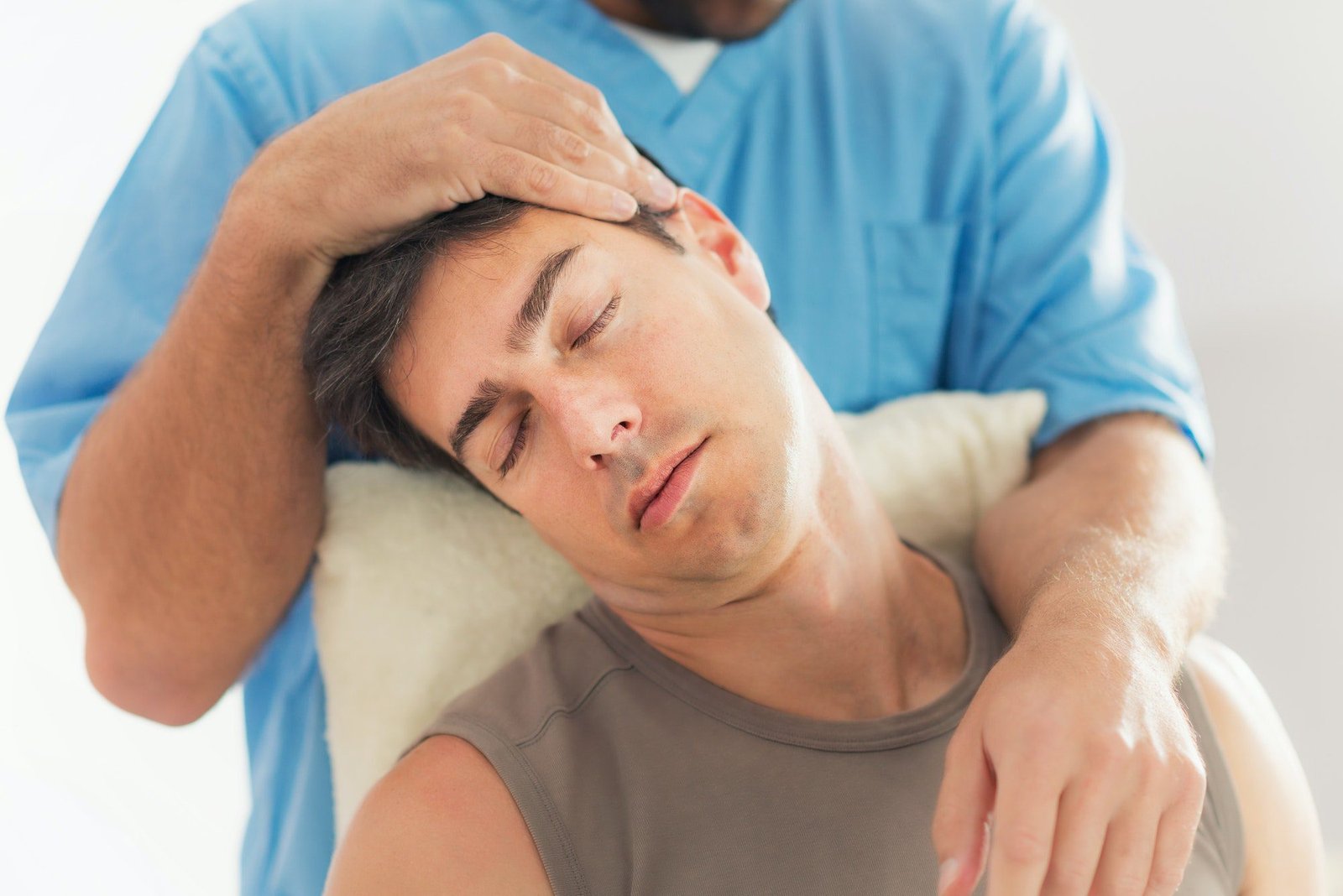

Headaches & Neck Pain
Headaches and migraines are some of the commonest conditions seen at The BodyWorx. The pain and disability of headaches can be torturous and disabling. The uncertainty of when they strike can detract from living well and cause anxiety and fear.
A vast majority of headaches are of simple mechanical causes. This means that tension or dysfunction in your neck and upper back can lead to muscular tension and headaches. There are, however, many different causes of headaches and the first – and most important step – is to gain a thorough understanding of the true cause of your headache. At The Body Worx we take a keen interest in assessing the cause of your headaches, understanding how they have developed over time and we look at the whole of your body to understand the mechanical stresses that can often lead to this disabling pain.
Some headaches are not of mechanical origin and we have a strong academic grounding in the internal workings of the body so we can guide you to obtaining the further analysis required to determine their cause.
While Osteopaths are generally acknowledged for their efficient help with headaches, at The Body Worx we have built a strong reputation for the treatment of complex headaches that have not previously responded to other forms of treatment. I believe that this is due to our holistic approach to headaches and migraine – looking at the musculo-skeletal system but also taking into consideration your lifestyle, diet, exercise and the demands placed on the systems of your body. This approach has helped hundreds of headache sufferers to experience a life without headaches!

Sciatica
Sciatica is compression of the sciatic nerve causing sensations of pain along it’s course down the leg.
There are many reasons why there may be pressure or compression on the sciatic nerve and it is important to elicit the exact cause in order to get optimal recovery. Many people describe sciatica as any pain that starts in your back and travels down your leg, but this is not true sciatica. Our detailed Osteopathic assessment can identify the root cause of your pain and this will determine the best treatment approach. At The Body Worx we see many clients with sciatica every week and our success in helping these clients comes from our detailed analysis and then the application of the appropriate treatment. We utilise a gentle approach that nurtures the body to healing and believe that given the right conditions the body has the ability to heal itself. We support this with exercise and advice to ensure the weaknesses are resolved to give you lasting pain relief and renewed strength.
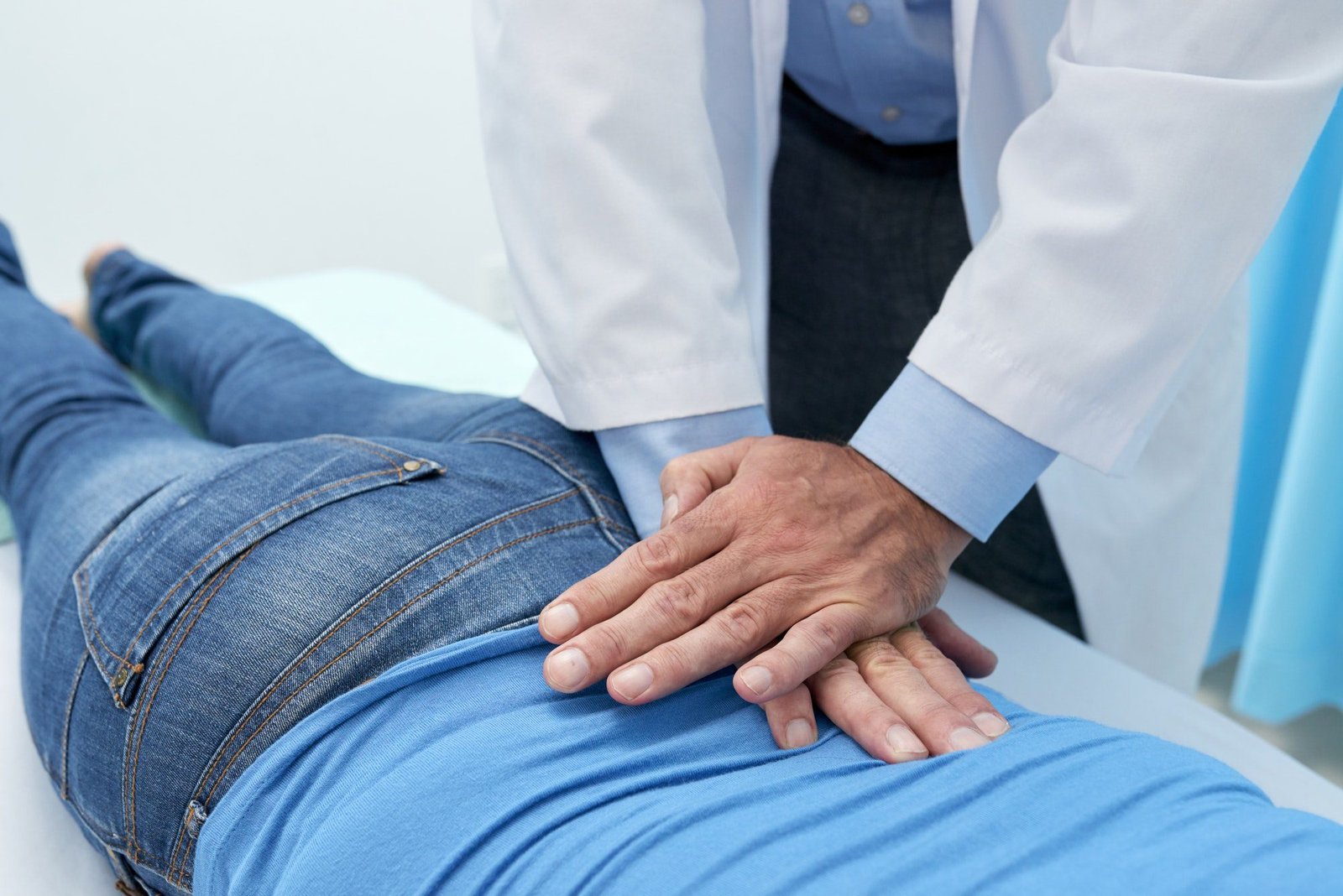

Disc Injuries
The spinal column is made up of bony vertebrae that are separated by the intervertebral discs. These discs act as shock absorbers for the spine and also maintain a healthy distance between the vertebrae to allow the nerves to exit the spinal cord. The discs lie in close proximity to the spinal cord and, therefore, any damage to the discs can cause pressure on the spinal cord. This can lead to pain radiating along the nerves, into your arms or legs. More serious disc damage can put pressure directly on the spinal cord and this may require surgery.
Whenever I discuss disc damage with clients there always seems to be a sense of fear. I guess we’ve all heard of people with ‘damaged discs’ who were crippled with pain. Whilst this can occur it is not the commonest form of disc damage. Disc damage is a gradual, progressive issue and often starts with mild damage that can cause pain for a few hours but resolves spontaneously. Although the pain diminishes the damage is still there – your body has just learnt to protect you from the pain. As the problem gets worse you experience more frequent and more severe bouts of pain. Ultimately, the disc can exhibit marked damage that can be excruciating and completely disabling. Most of the disc injuries we see are at the early to mid-stage of development and respond well to our Osteopathic approach. If handled correctly these clients can return to normal activities, stronger and with confidence. We would encourage a strengthening exercise program tailored to the individual to ensure that the weaker areas are better supported thereby easing the fear of further disc damage and further pain.
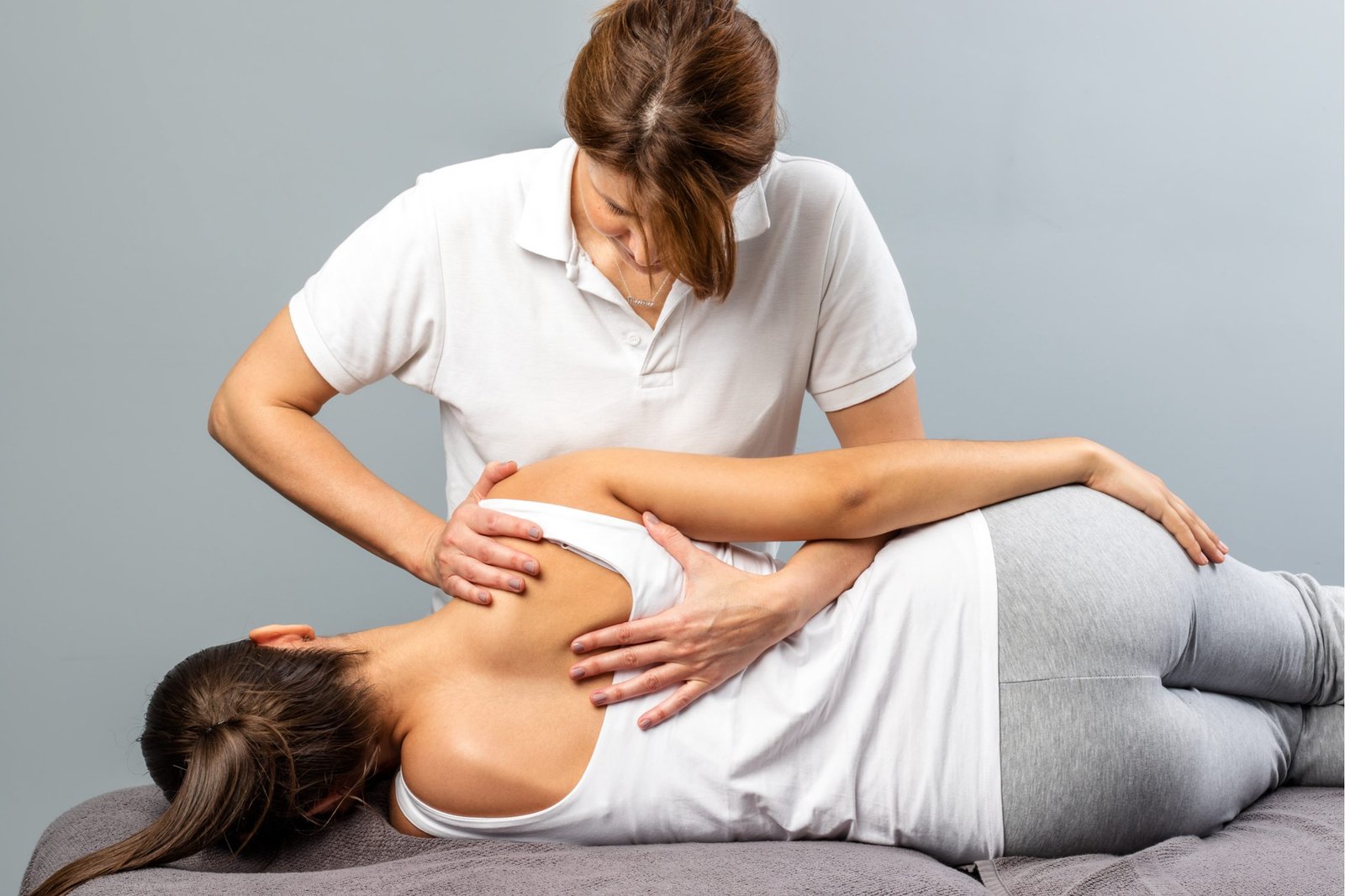
The intervertebral disc is a little like an egg. It has a hard outer casing within which there is fluid.However, unlike a chicken’s egg the outer casing of the disc is thick – about 1/3 the diameter of the disc. Damage to this outer casing occurs from the inside out. The early twangs of pain are due to cracks forming in the disc and signs of it gradually weakening. At this stage we call it a herniated disc. If the crack continues it can work it’s way to the outside of the shell and the shell bulges due to pressure of the fluid behind the weakened shell. This is called a bulging disc. If the damage continues then, ultimately, the shell will crack open and the fluid can ooze out. This is called a prolapsed disc and these severe cases lead to the crippling pain and disability experienced by extreme disc damage.
A vast majority of headaches are of simple mechanical causes. This means that tension or dysfunction in your neck and upper back can lead to muscular tension and headaches. There are, however, many different causes of headaches and the first – and most important step – is to gain a thorough understanding of the true cause of your headache. At The Body Worx we take a keen interest in assessing the cause of your headaches, understanding how they have developed over time and we look at the whole of your body to understand the mechanical stresses that can often lead to this disabling pain.
Some headaches are not of mechanical origin and we have a strong academic grounding in the internal workings of the body so we can guide you to obtaining the further analysis required to determine their cause.
While Osteopaths are generally acknowledged for their efficient help with headaches, at The Body Worx we have built a strong reputation for the treatment of complex headaches that have not previously responded to other forms of treatment. I believe that this is due to our holistic approach to headaches and migraine – looking at the musculo-skeletal system but also taking into consideration your lifestyle, diet, exercise and the demands placed on the systems of your body. This approach has helped hundreds of headache sufferers to experience a life without headaches!

Posture and Ergonomics
Posture is the way that we hold our bodies. Ideal posture is the posture that utilises the least amount of energy to hold us up. Over time, poor postural habits can lead to lasting change and ultimately the bones can start to wear into an aberrant pattern making the posture permanent. Our skeleton is held together by muscles, tendons and ligaments and it is the imbalance of these “soft tissues” that can hold our bodies in awkward or “wrong” positions. Our Osteopaths have an innate ability to understand the patterns of the body , to understand the impact of a slight bend in one area upon the rest of the body. We can translate that to how your body can or should function and understand the broader implications of these patterns.
Rectifying posture or strengthening weaknesses in your posture is an important first step to reaching optimal spinal health. The process of change can take time and is generally achieved through a strategic exercise program with guidance, support and planning from our highly experienced team of Osteopaths.
